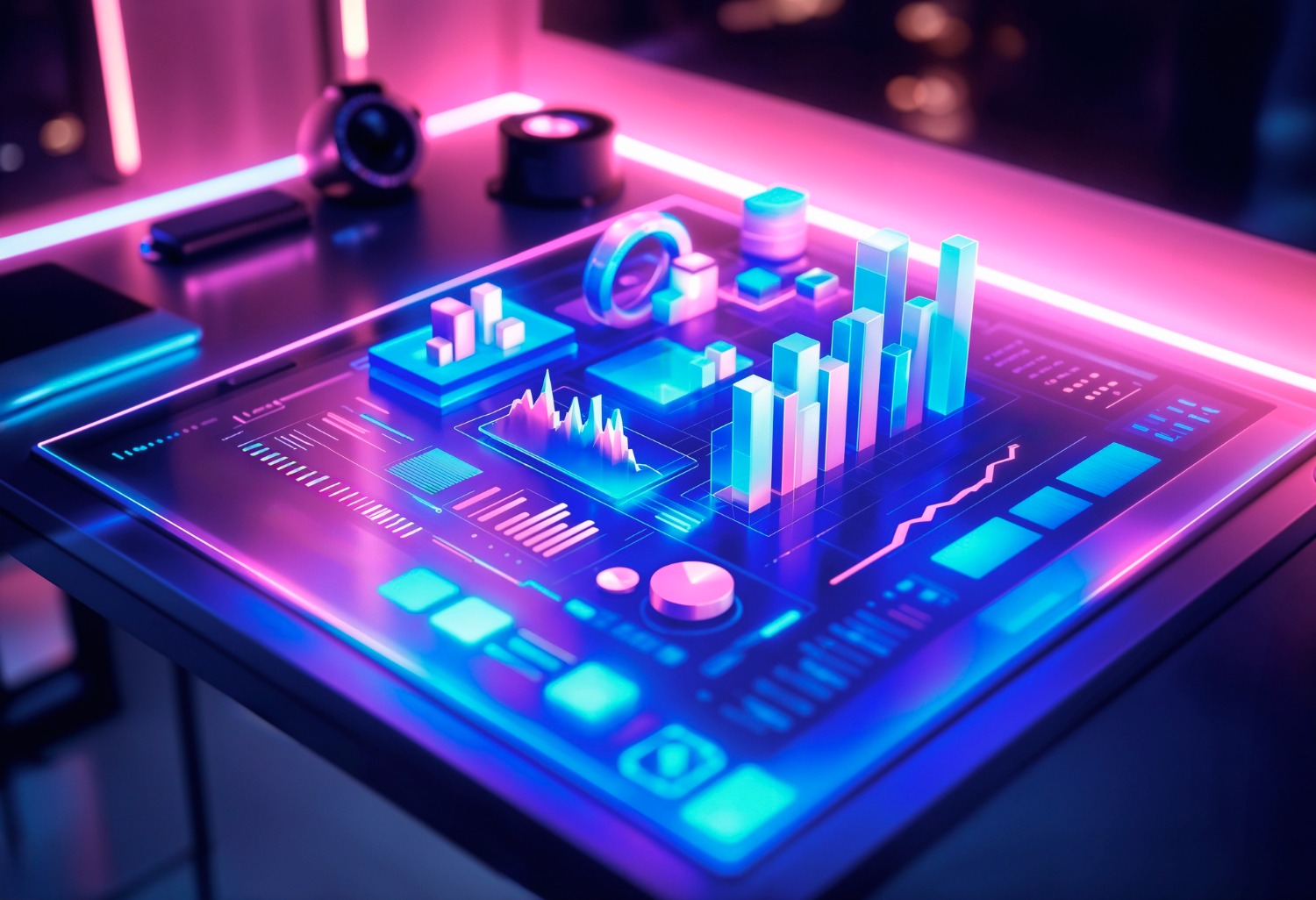Emerging Technologies and IT Leadership: Preparing for the Next Big Disruption
Your data and its systems go stale — and fast. With every breakthrough, there are new opportunities — and new challenges. To be proactive, IT leaders need to anticipate disruptions before they happen. Businesses that adapt and embrace change will be the ones that will thrive in the future.
Future industries are also going through a transformation driven by the advent of technologies such as artificial intelligence (AI) and blockchain, coupled with quantum computing. IT leadership is no longer simply about keeping the systems running; it’s also about ensuring that those systems are innovative, risk-mitigated, and aligned with business goals. Some of the key emerging technologies and how IT leaders might prepare for the next big disruption.
1. IT Leadership Position on a Transitionary Perspective
Traditional guardrails of IT leadership have broken down. It’s not only about infrastructure and security anymore. Business growth now includes CIOs and CTOs as strategic partners— Their decisions have implications for customer experience, efficiency, and long-term success.
Responsibilities of IT leaders today:
- IT Strategic Plan: Aligning IT with the business.
- Risk Management: Recognizing potential cyber and operational risks.
- New Technology Evaluation and Application: In Innovation Management
- Talent Development: Prepare talents for your future tech business.
IT leaders need to be proactive, not reactive, to disruptions. They must prepare for the expected change.
2. Emerging Technologies on the Path to the Future
The indeterminate nature of predicting the future of AI and ML
AI is shaping industries, streamlining redundancy, optimizing decision-making processes, and elevating the customer experience to unprecedented levels. The machine learning models are becoming more efficient and helping companies forecast trends, optimise processes, cut down costs, etc.
How IT Leaders Can Prepare:
- Build your decision-making around AI-based analytics
- Prepare teams with training relevant to working in parallel with new AI tools rather than fearing automation.
- Maintain compliance with evolving regulations, ensuring the ethical use of AI.
Training Data: October 2023
Blockchain is not just cryptocurrency. By offering secure, transparent transactions, it is disrupting supply chains, finance, and data management.
How IT Leaders Can Prepare:
- There are many applications of the blockchain outside finance, such as identity verification and smart contracts.
- Specialize in decentralized security systems.
- These include collaborating with industry experts to deeply explore the case for real-world use cases.
Quantum Computing
Quantum computing is in its infancy, but its potential is significant. It promises to solve difficult problems that are beyond traditional computers.
How IT Leaders Can Prepare:
- Keep an eye on developments in quantum computing and its use cases in the business world.
- Then, train your teams about quantum security risks and what encryption advancements you’re putting in place.
- You are using data until October 23, 2023.
Edge Computing and 5G
The rise of IoT and connected devices means more and more data needs to be processed faster and faster. Edge computing enables data to be processed near its source, minimizing latency and maximizing efficiency.
How IT Leaders Can Prepare:
- Broaden infrastructure to enable edge computing.
- Security measures for distributed data processing.
- IT architecture must be optimized to integrate seamlessly with 5G networks.
3. Cybersecurity within the Context of New Age Technologies
And, of course, with every new technology comes new security threats. IT leaders need to create a robust cybersecurity strategy that evolves as per the new risks.
Cybersecurity Resilience: Best Practices
- Use a zero-trust security model to restrict access control.
- Identify risks in real time using AI-driven threat detection.
- Regularly perform penetration testing to uncover vulnerabilities.
- Have staff also be trained on cyber hygiene so that the human error risk is minimized.
Now is the time to evolve to a proactive mindset instead of a reactive one concerning IT security.
4. People Challenge: Culture Shift & Reskilling
Data isn’t the whole story. We need skilled people who can both manage and integrate these new tools in organizations.
IT Leaders Encouraging a Tech-Savvy Workforce:
- Promote Continuous Learning: Conduct training on AI, blockchain and emerging technologies
- Convert a Mindset of Rigidity to One of Flexibility: Employees should no longer avoid change but welcome it.
- Hire for Tomorrow: Seek talent with robust problem-building and digital capabilities
A winning IT strategy is all about people and the right technology.

5. Readying for the Next Major Disruption
IT leaders cannot read the future, but they can get ready for it. Here’s how:
Preparation Plan for Them IT Leaders:
- Scenario Mining: Prepare for possible tech disruptions
- Scalable IT Infrastructure: Agile investment in the cloud
- Collaborate Across Industries: Interact with startups and tech innovators.
- Advocating a Customer Focus: Use technology to make the experience better for the user, rather than just more efficient.
Companies that get ahead of disruption don’t do so by reacting — they are front runners of the change.
Conclusion
Emerging tech will accelerate disruptive waves within industries IT leaders need to look to the future, be adaptable, and be ready for continued disruption. Organizations can invest in AI, blockchain, quantum computing, and cybersecurity to establish resilient systems for the future.
Leadership in the digital age is not just about technology, it’s about vision. Innovative CIOs and CTOs with a change mindset and security-first approach will empower their organizations for long-term growth.
The future cannot be predicted, but the preparation is definitely in our hands. This is the moment for IT leaders to act and create a resilient, future-proof tech strategy.




